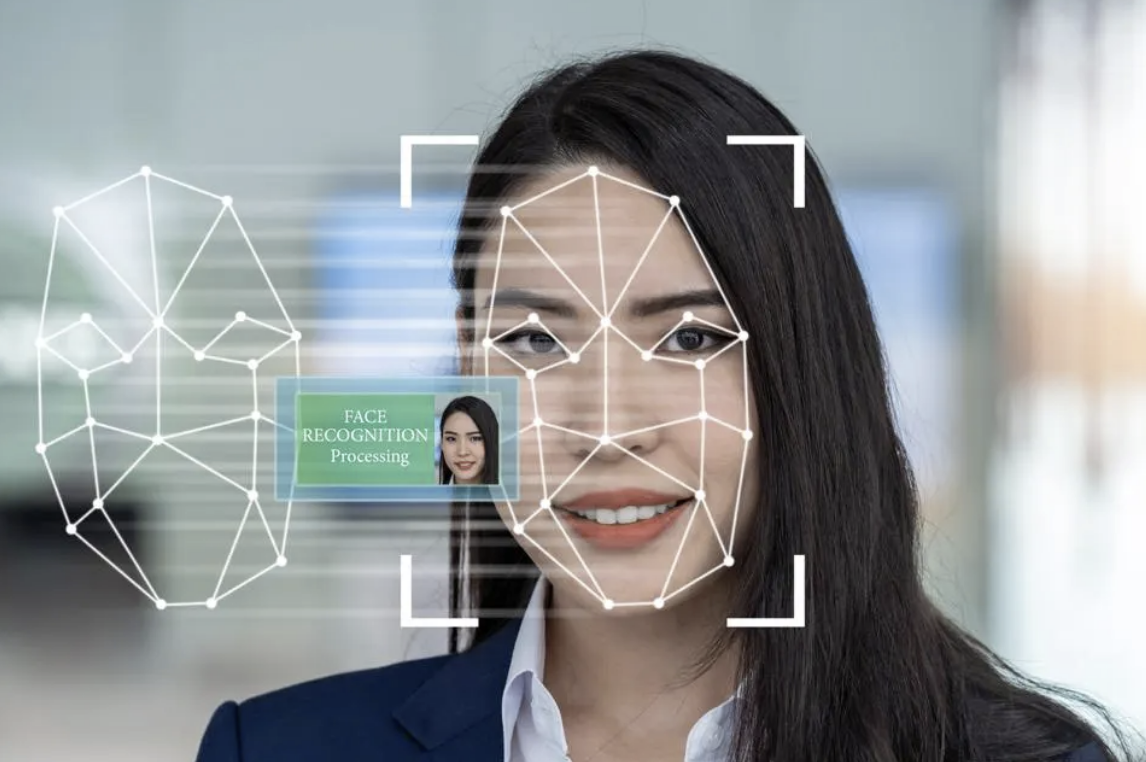
NATIONAL CENTER FOR MEDIA FORENSICS
ABOUT THE NATIONAL CENTER FOR MEDIA FORENSICS
Media forensics is scientific study into the collection, analysis, interpretation, and presentation of audio, video, and image evidence obtained during the course of investigations and litigious proceedings.
The National Center for Media Forensics (NCMF) is an education and research center of the University of Colorado Denver, College of Arts & Media, Music & Entertainment Industry Studies Department. NCMF was established in 2008 and was created with the assistance of the Department of Justice including the National Institute of Justice and the Bureau of Justice Assistance.
Frequently Asked Questions
Jeff Smith of the National Center for Media Forensics
National Center for Media Forensics
Mission, Goals, Values
The mission of the National Center for Media Forensics to foster innovation in media forensics with the development of new knowledge and scientifically validated methodologies through research, education, and service to the community.
Key goals for the National Center for Media Forensics are to advance media forensics through innovation and integrity in:
Research – Develop and disseminate scientifically validated methodologies and best practices.
Education – Provide a world-class master’s degree program and ongoing professional development for the scientific community.
Service – Conduct forensic analysis and provide expertise for professional organizations and community partners.
Values of the National Center for Media Forensics include:
- Scientific Rigor and Innovation
- Ethical Conduct and Bias Mitigation
- Truth-Seeking and Knowledge Sharing
- Equity, Diversity, and Social Justice
- Collaboration and Engagement
National Center for
Media Forensics
in the News

(The New York Times)–– A member of Grandmaster Flash and the Furious Five faces murder charges and his fate may hang on surveillance video that has been analyzed by top international media forensics expert, Catalin Grigoras, director of the National Center for Media Forensics at CU Denver's College of Arts & Media.

Two National Center for Media Forensics Students Elected to Leadership of Scientific Working Group on Digital Evidence
by Mar 2, 2022The National Center for Media Forensics (NCMF) graduate program has representation in the new leadership of the Scientific Working Group on Digital Evidence (SWGDE). Brandon Epstein ’20 was elected as Chair and Jesus Valenzuela, who is expected to graduate fall 2022, was elected to the Vice Chair position.

It's All Fun And Games Until Someone Gets Hurt: The Implications Of Deepfakes
Dec 27, 2019The earliest roots of deepfakes were a source of social media fun. Anyone capable of taking a selfie could superimpose their face onto a super model’s body and share it for all of their followers to see. Users could also apply any one of the ubiquitous face filters that allow you to add some floppy dog ears or bunny whiskers to your Instagram photos. These types of distorted images were the first incarnations of the deepfake era, and until recently, it was harmless. Today, however, deepfakes are shaking the very foundation of our trust in what we see, hear and believe, to the point that we’re not sure what is real and what is fake.